Activist, Revolutionary, and Wanted Fugitive: The Harrowing Tale of Assata Shakur
In 1979, political activist and Black revolutionary Assata Shakur was serving a life sentence for murder when she escaped from a New Jersey prison. She has been on the run ever since
Background
In the 1970s, the U.S. government waged war against Black liberation movements, branding activists as criminals and terrorists. Among these was Assata Shakur, a woman who would become the face of resistance and a fugitive who would evade American authorities for decades.
Was she a revolutionary fighting against oppression or a convicted fugitive evading justice? The answer depends on who you ask.
Early Years and Education
Assata Shakur was born JoAnne Deborah Byron on July 16, 1947, in Flushing, Queens, New York. She spent her early years with her mother, Doris E. Johnson, and her grandparents, Lula and Frank Hill.
In 1950, following her parents' divorce, she moved with her grandparents to Wilmington, North Carolina. Later, she returned to Queens to live with her mother and stepfather. During this period, Assata frequently visited her grandparents in the South.
Facing financial hardships and family conflicts, she often ran away from home, eventually finding stability with her aunt, Evelyn A. Williams, a civil rights worker in Manhattan. Evelyn introduced Assata to cultural experiences like museums and theaters, fostering her intellectual growth.
Assata's educational journey was somewhat complex. She converted to Catholicism and briefly attended the all-girls Cathedral High School before transferring to a public high school and dropping out at seventeen.
With her aunt's support, she later earned her GED. Assata pursued higher education at the Borough of Manhattan Community College and later at the City College of New York in the mid-1960s.
Political Activism
During this time, she became actively involved in political issues, including civil rights protests and sit-ins. In 1967, she was arrested alongside one hundred other students for trespassing during a protest advocating for more Black faculty and a Black Studies program.
In college, Assata's political consciousness deepened. She engaged with Black nationalist organizations and attended meetings of the Golden Drums, where she met her future husband, Louis Chesimard. Members of this group significantly influenced her activism.
Assata's activism led her to join the Black Panther Party (BPP), a revolutionary organization that sought to combat police brutality and uplift Black communities. She worked primarily as an organizer, running free breakfast programs for children, teaching political education classes, and advocating for healthcare access in underserved neighborhoods.
However, she grew disillusioned with the BPP's reluctance to collaborate with other pro-Black organizations and left the party in 1971. She then joined the Black Liberation Army (BLA), a more militant offshoot that believed in armed resistance against systemic oppression.
The BLA viewed police brutality and state violence as acts of war against Black people and saw self-defense as a necessity.
FBI Subversion
During this era, the FBI had labeled Assata Shakur one of the most dangerous radicals in America. Under FBI Director J. Edgar Hoover’s COINTELPRO, the federal government infiltrated, sabotaged, and dismantled Black political movements. The program used surveillance, infiltration, misinformation, and even assassination to weaken groups like the Black Panthers and the BLA.
Assata became a prime target. She was arrested multiple times between 1971 and 1973 for various charges, including armed robbery, bank heists, and attempted murder, although in many cases, there was little to no evidence linking her to the crimes. The most serious charge came in 1973 when she was involved in a shootout on the New Jersey Turnpike, leading to the death of a state trooper. This incident would come to define the rest of her life.
1973 Turnpike Shootout
Shortly after midnight on May 2, 1973, Assata Shakur, Zayd Malik Shakur, and Sundiata Acoli were traveling south on the New Jersey Turnpike in a white Pontiac LeMans. Around 12:45 a.m., their vehicle was stopped by State Trooper James Harper for a broken tail light and speeding. Trooper Werner Foerster soon arrived on the scene as backup.
According to police reports, the driver, Acoli, was ordered to step out of the car. Then, Trooper Foerster allegedly observed a handgun inside the vehicle, and within seconds, gunfire erupted.
Bullets flew in both directions as Zayd Malik Shakur was fatally shot at the scene. Trooper Foerster was killed after being shot multiple times, including twice in the head at close range with his own service weapon. Trooper Harper was wounded but survived. Assata Shakur was also shot in both arms and her shoulder.
She has long maintained that she never fired a weapon that night and was trying to surrender when she was hit. Sundiata Acoli managed to flee into the woods but was later captured after an intense 36-hour manhunt. Assata, severely wounded, was taken into custody at the scene.
Following her arrest, Shakur was transported to Middlesex General Hospital under heavy police guard. She was shackled to her hospital bed, interrogated while still in pain, and kept in isolation. She later described her treatment as inhumane, with officers taunting her and withholding proper medical care.
1977 Trial and Conviction
Four years after the shootout, in 1977, Assata Shakur stood trial for the murder of Trooper Werner Foerster. The case was highly controversial. The prosecution argued that Assata played an active role in the shootout and was directly responsible for Foerster’s death. They claimed forensic evidence linked her to gunfire, though no gunpowder residue was found on her hands.
Her defense team countered that Shakur was a victim of racial and political persecution. They argued that she had been shot while surrendering and had no opportunity to fire a weapon. They also pointed to inconsistencies in witness testimonies.
Despite these arguments, the jury found her guilty of first-degree murder, attempted murder, armed robbery, and other charges. In 1977, she was sentenced to life in prison plus 33 years.
Her supporters, including civil rights activists, have long argued that her conviction was unjust and politically motivated. The circumstances of the trial, combined with the larger FBI efforts to dismantle Black liberation movements, have kept her case a topic of debate for decades.
Escape Plan
In early 1979, a group of Black Liberation Army (BLA) members, known as "The Family," began orchestrating a plan to free Assata Shakur from the Clinton Correctional Facility for Women in New Jersey. To finance this daring operation, they executed a robbery from a Bamberger's store in Paramus, New Jersey, which netted them $105,000.
The group meticulously recruited individuals willing to risk everything for Shakur's liberation. Among those enlisted were Mutulu Shakur, Silvia Baraldini, Sekou Odinga, and Marilyn Buck. Each member played a crucial role, from strategizing the breakout to managing logistics.
Their plan involved smuggling weapons into the prison, which required careful coordination and evading security measures. They managed to conceal three .45-caliber pistols and a stick of dynamite.
1979 Escape
On November 2, 1979, a day that would go down in history as one of the most daring prison escapes in U.S. history, Assata Shakur's escape from the Clinton Correctional Facility for Women in New Jersey was executed with precision.
That day, three Black Liberation Army (BLA) members arrived at the prison under the pretense of a routine visit. Once inside, they drew concealed .45-caliber pistols and a stick of dynamite and swiftly overpowered two correctional officers, taking them hostage.
The guards were caught off guard, and before they could raise an alarm, the BLA members forced them to cooperate at gunpoint. Shakur, who had been waiting for this moment, was quickly ushered out of her cell.
With the hostages in tow, the group commandeered a prison transport van, forcing the guards inside as they drove toward the exit. Security measures at the facility weren’t designed to handle an operation like this, and before the authorities fully grasped what was happening, the van was already speeding out of the prison gates.
Following the escape, the hostages were released unharmed in a nearby parking lot.
Life on the Run
After escaping from the Clinton Correctional Facility on November 2, 1979, Assata Shakur became one of the most wanted fugitives in the United States. Authorities immediately launched a nationwide manhunt, but she had already disappeared into the underground network of activists and supporters who were willing to risk everything to keep her safe.
The U.S. government launched an intense manhunt to track her down. The FBI and law enforcement agencies considered her a high-priority fugitive, believing she had help from underground networks sympathetic to the Black Liberation Army (BLA). For years, the authorities conducted raids and interrogated known associates, trying to find leads on her whereabouts.
For the next year, Shakur reportedly stayed in Pittsburgh, Pennsylvania, moving between safe houses and relying on a trusted circle of allies. She lived a life of extreme caution, knowing that federal and state law enforcement agencies were hunting her. The FBI and state police kept her case a high priority, issuing alerts and offering rewards for any information leading to her capture.
The government also pursued those who helped her break free. Several individuals, including Mutulu Shakur, a key figure in the BLA and a former stepfather of Tupac Shakur, were charged with aiding in her prison break. Mutulu was later convicted in 1986 and sentenced to 60 years in prison for his role in the escape and other crimes, including bank robberies.
Flight to Cuba
In 1984, Assata Shakur managed to flee the United States and made her way to Cuba, where the government of Fidel Castro granted her political asylum.
The Cuban government, which had long been critical of U.S. policies, viewed Shakur as a political refugee rather than a criminal. They offered her protection, stating that she had been a victim of racial and political persecution in the United States.
In Havana, Shakur finally found stability. She began rebuilding her life, learning Spanish, and integrating into Cuban society. She received support from the government and lived under state protection, given her high-profile status.
Despite being a fugitive in the eyes of U.S. authorities, Shakur found a degree of freedom in Cuba. In 1985, her daughter, Kakuya, joined her, reuniting the family.
Despite the FBI's efforts, Shakur remained free in Cuba. For decades, U.S. officials pressured Cuba to extradite her, but the Cuban government refused, viewing her as a political refugee rather than a criminal.
“Domestic Terrorist”
On May 2, 2013, exactly 40 years after the New Jersey Turnpike shootout, the FBI escalated their pursuit by adding Assata Shakur to the Most Wanted Terrorist List, making her the first woman ever placed on that list.
The agency also increased the reward for her capture to $2 million in collaboration with the New Jersey State Police. The FBI classified her as a "Domestic Terrorist," arguing that her actions posed an ongoing threat.
The decision to label Shakur as a terrorist has been met with controversy and criticism. The Center for Constitutional Rights condemned the move and argued that labeling Shakur as a terrorist was a misguided attempt to rewrite history and criminalize political dissent.
Many supporters argue that her actions were politically motivated and rooted in the civil rights struggles of the era, while detractors view her as a convicted killer evading justice. Her case continues to fuel debates over justice, race, and political persecution in America.
A Controversial Legacy
Assata Shakur’s life and actions have remained a subject of heated debate long after her escape. But Shakur’s influence has extended beyond political debates. In 1987, she published her autobiography, Assata: An Autobiography, in which she recounts her early life, activism, arrest, and escape.
The book has since become an important text for those studying racial injustice, police brutality, and the Black liberation movement. It has inspired generations of activists and remains widely read, particularly in discussions about systemic oppression in America.
Over the years, calls for her pardon have surfaced, especially from activists and scholars who believe she was wrongly convicted. However, successive U.S. administrations have maintained that she must return to face justice.
Even in exile, Shakur remains a symbol of resistance, with her story influencing hip-hop music, literature, and political movements. Artists like Tupac Shakur (who is believed to be her godson), Common, and Public Enemy have all referenced her in their music, keeping her legacy alive in popular culture.
Sources:
Bim, Adewunmi. “Assata Shakur: From Civil Rights Activist to FBI’s Most-Wanted.” The Guardian, Guardian News and Media, 13 July 2014, www.theguardian.com/books/2014/jul/13/assata-shakur-civil-rights-activist-fbi-most-wanted.
“Assata Shakur.” Wikipedia, Wikimedia Foundation, 16 Feb. 2025, en.wikipedia.org/wiki/Assata_Shakur.
“Political Prisoner to Exiled, Assata Shakur Speaks.” Political Prisoner Assata Shakur, 2018, assatashakur.org/escape.htm.
Kassidy, Tarala. “The Life and Ongoing Impact of Assata Shakur.” Progressive.Org, 1 Mar. 2022, progressive.org/magazine/impact-of-assata-shakur-tarala/.










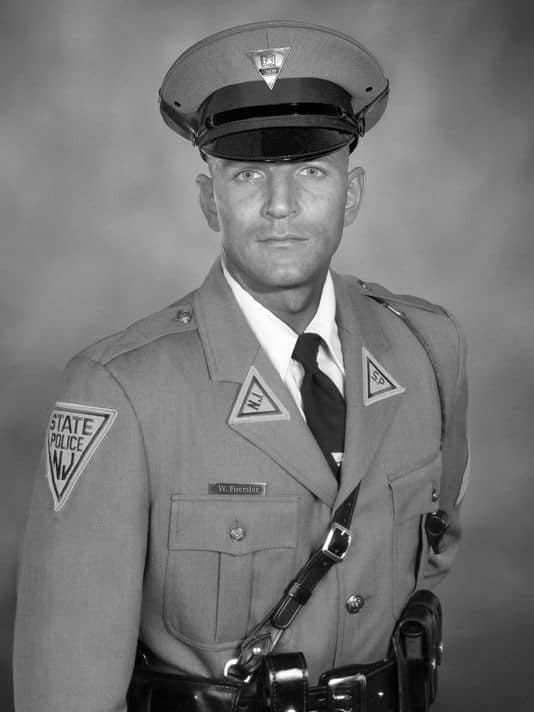

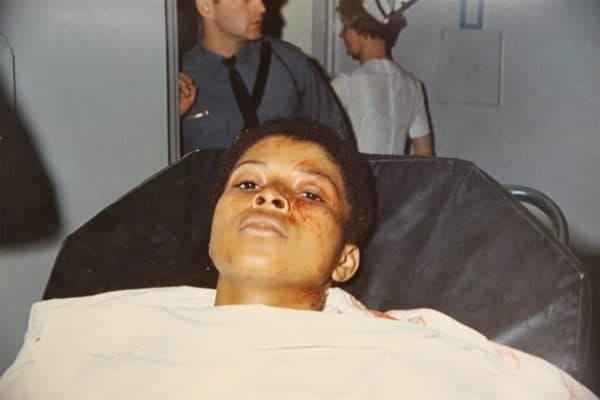
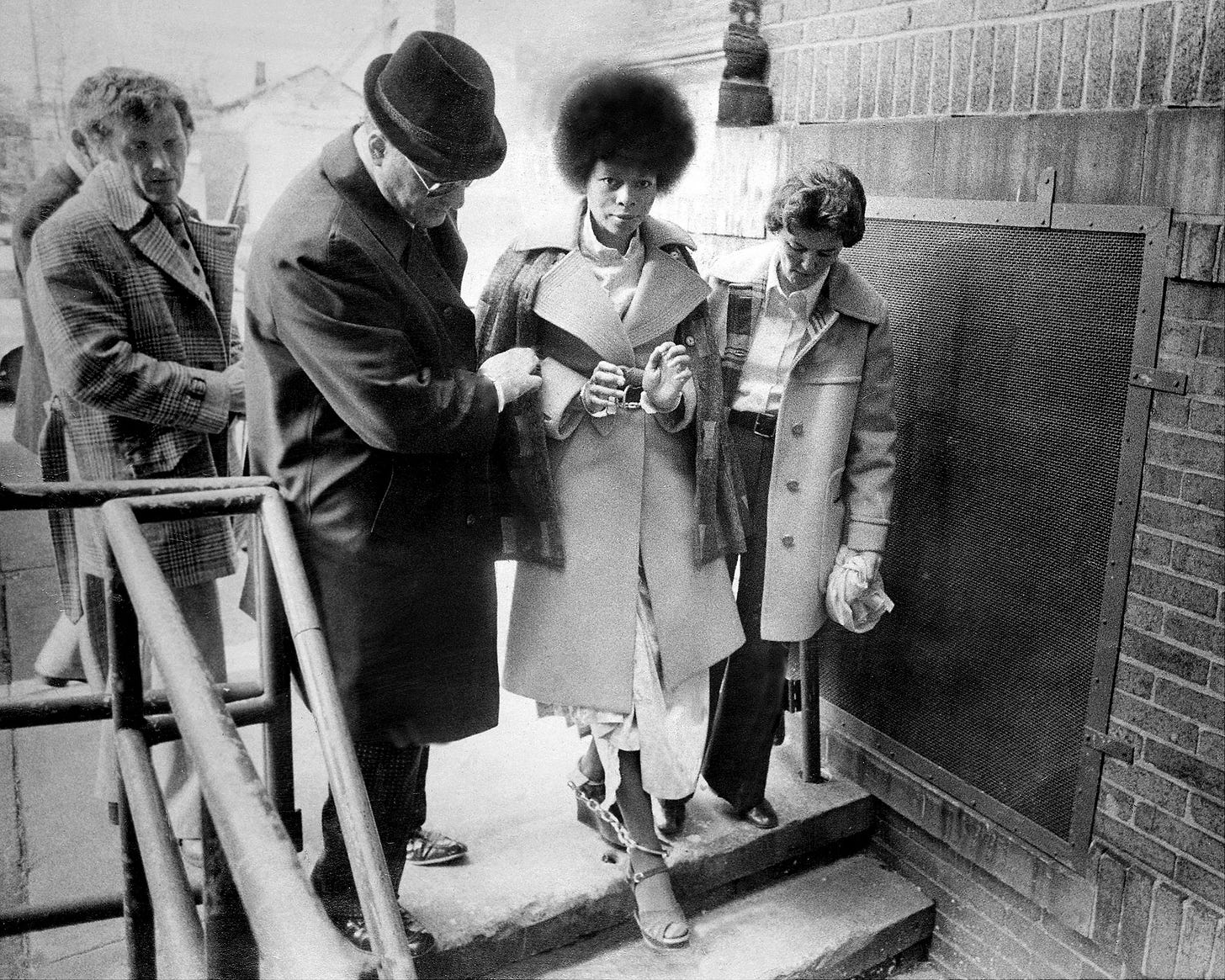
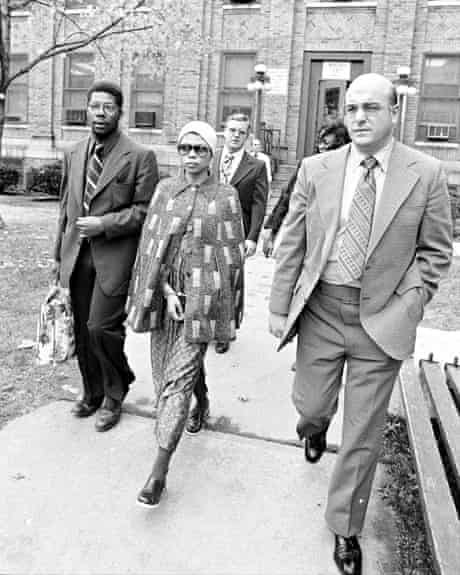


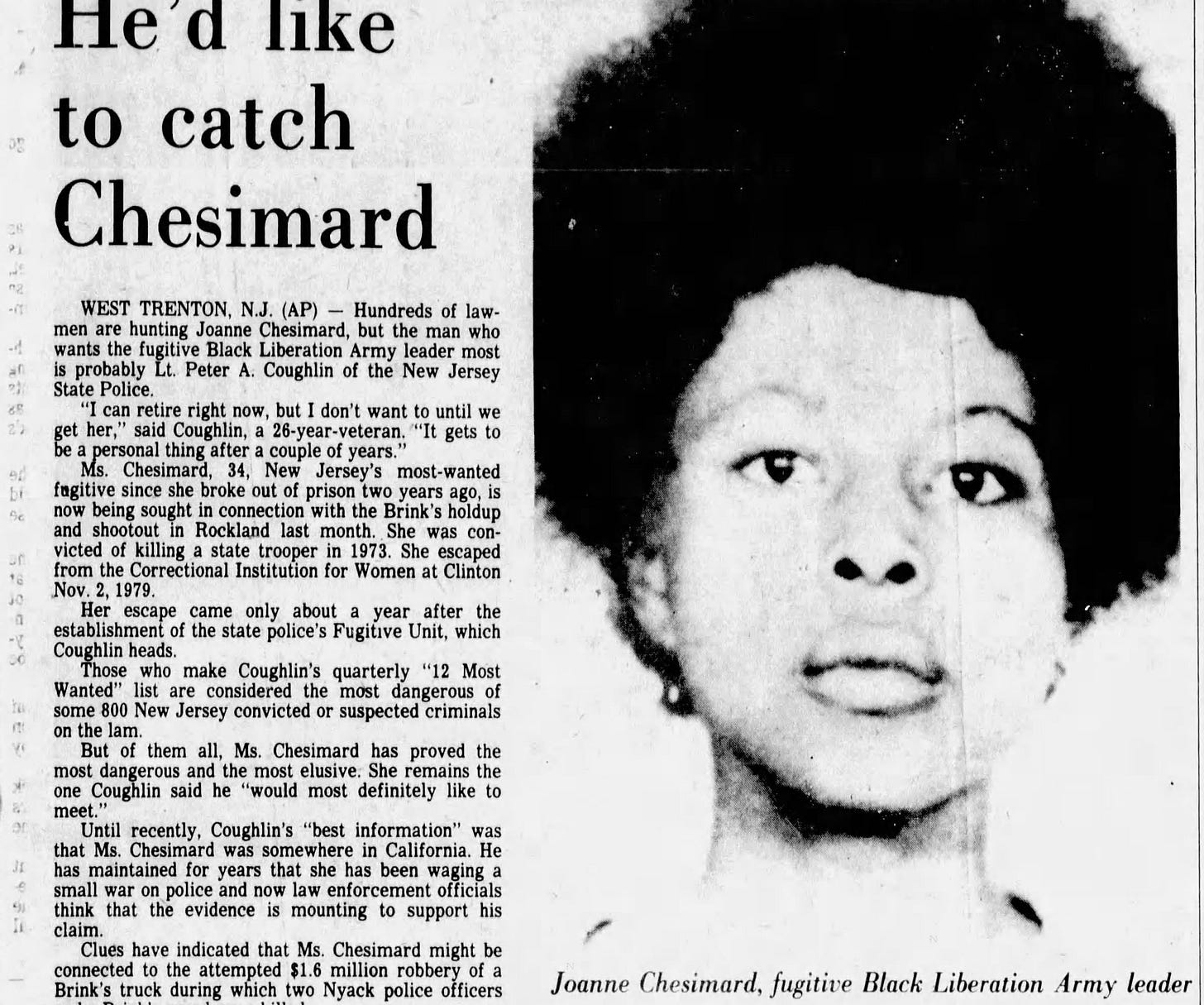


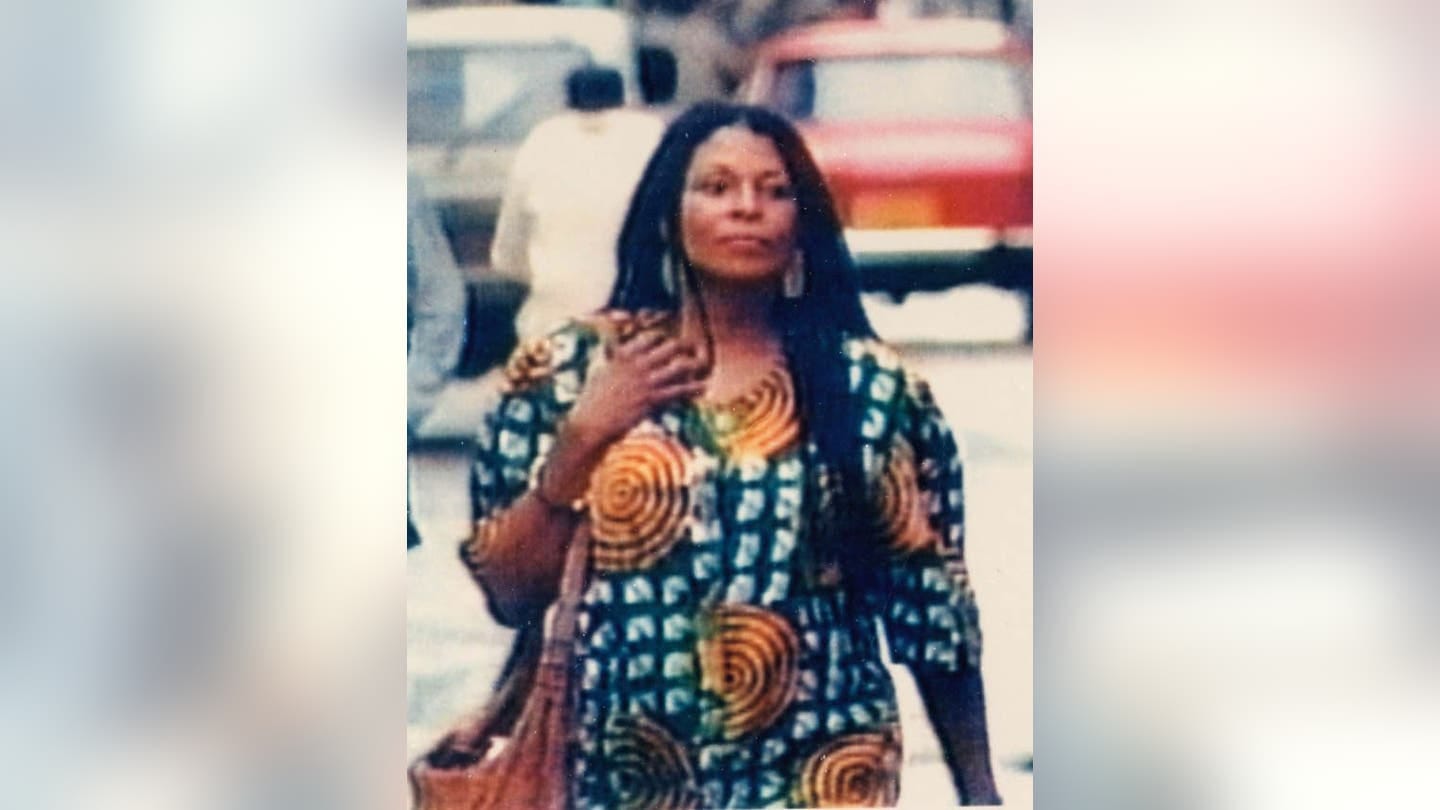
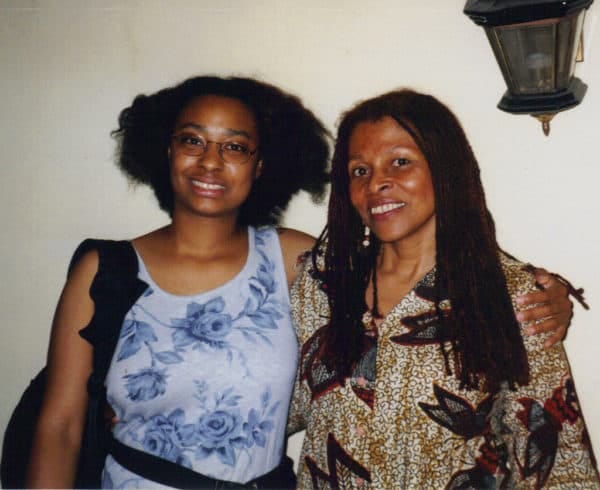



i just finished reading her autobiography today!